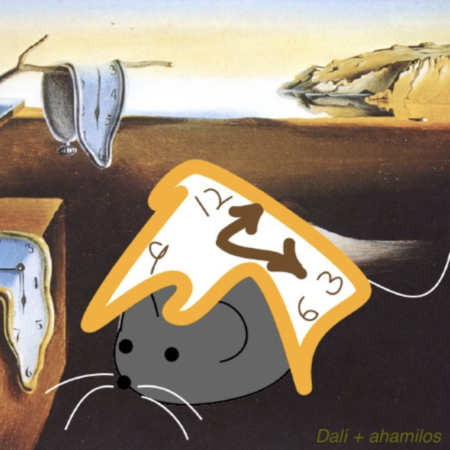By Allison E. Hamilos
For decades, Parkinson’s disease has suggested that dopaminergic activity is essential to our  ability to move when we please. Yet, the role of the healthy dopaminergic system in movement initiation remains poorly understood.
ability to move when we please. Yet, the role of the healthy dopaminergic system in movement initiation remains poorly understood.
We found that dopaminergic activity slowly builds up over seconds and peaks just before movement initiation when mice are self-timing when to move. This dynamic activity was highly predictive of when movements occurred, and optogenetic modulation of dopaminergic activity bidirectionally tuned the distribution of movement times, with augmented dopaminergic activity shifting the movement initiation to earlier times and inhibition shifting initiation to later times. Our results reveal a new role for dopaminergic signaling in modulating the moment-to-moment probability of unleashing a planned movement.
Allison E. Hamilos, PhD, is an MD candidate and part of the PiN and HST programs, working in the lab of John Assad.
This story also appears in the HMS Department of Neurobiology’s “The Action Potential”.
Learn more in the original research article:
Hamilos AE, Spedicato G, Hong Y, Sun F, Li Y, Assad JA. Slowly evolving dopaminergic activity modulates the moment-to-moment probability of reward-related self-timed movements. Elife. 2021;10:e62583. Published 2021 Dec 23.
News Types: Community Stories
